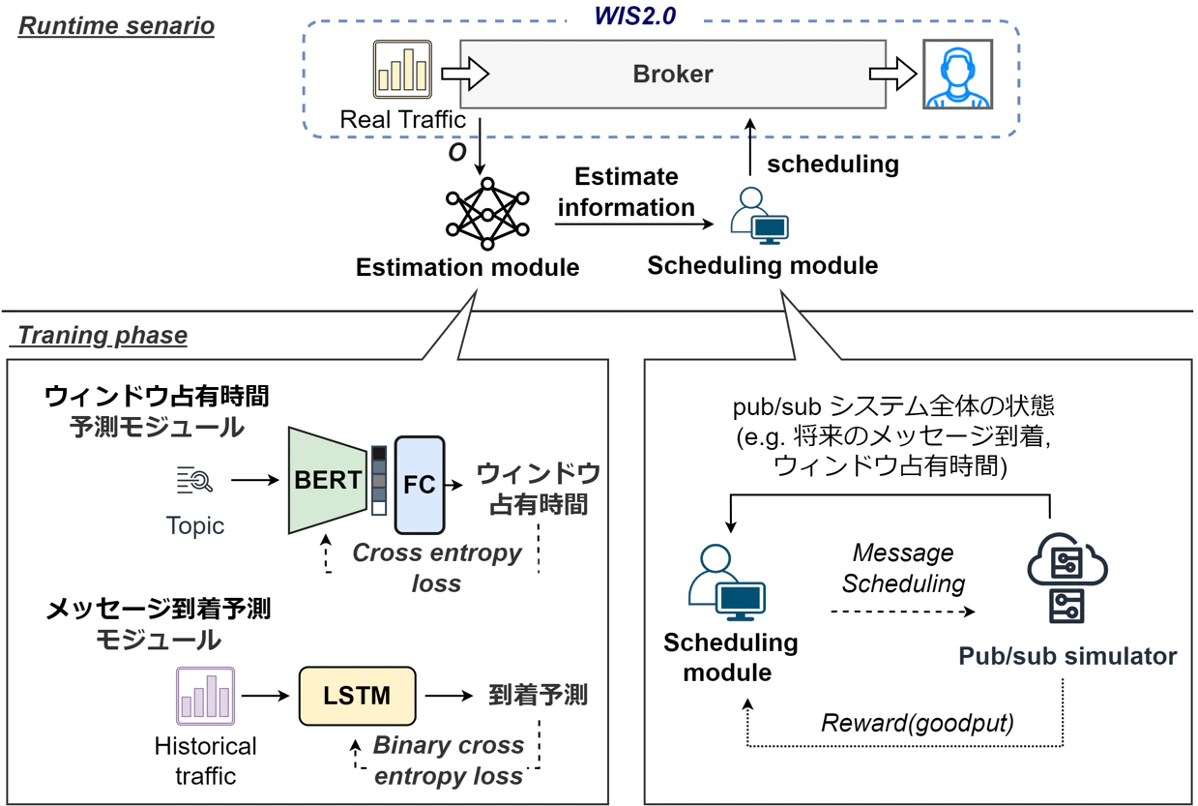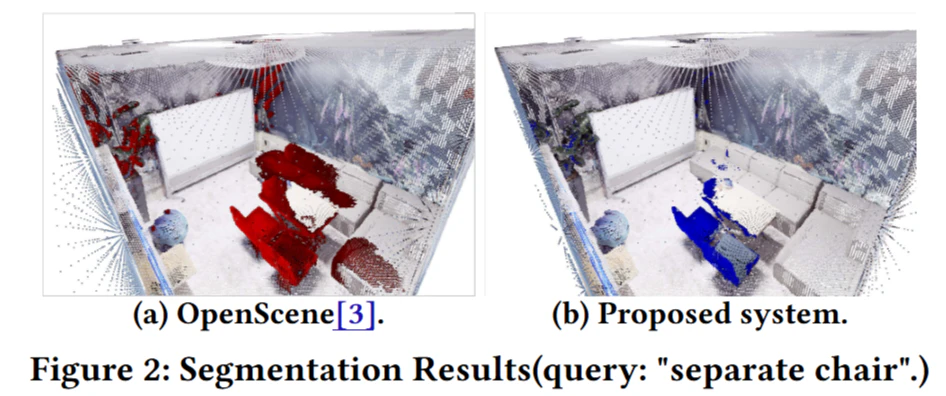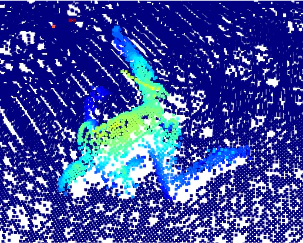Efficient cell-selection is essential to realize the gains in network performance promised by LTE Licensed Assisted Access (LAA) in the 5GHz unlicensed band. However, the SINR and transmission power based cell-selection mechanisms employed in LTE HetNets are not suited for LTE-LAA deployments. Further, the impact of cell-association on the performance of the LTE-LAA network and its individual components has not been studied through cellular-operator data. In this work, we address these challenges. We gather a large sample of LTE-LAA deployment data for three cellular operators in the Chicago region, i.e., AT&T, T-Mobile, and Verizon. With the help of operator data, we study the effect of cell-selection on LTE-LAA capacity and network feature relationships through several machine learning techniques. We demonstrate the impact of cell-selection on a combined LTE-LAA system and its licensed and unlicensed components. We show a direct correlation between a cell-quality metric derived from operator data and network performance. Finally, we implement two state-of-the-art cell-association and resource-allocation solutions to show that operator-data-driven cell-selection leads to reduced association time (by as much as 34.89%) and enhanced network capacity (by up to 90.41%).
LTE-LAA cell-selection





